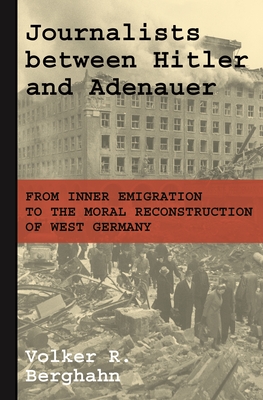Expedite your nonfiction book discovery process with Readara interviews, summaries and recommendations, Broaden your knowledge and gain insights from leading experts and scholars
In-depth, hour-long interviews with notable nonfiction authors, Gain new perspectives and ideas from the writer’s expertise and research, Valuable resource for readers and researchers
Optimize your book discovery process, Four-to eight-page summaries prepared by subject matter experts, Quickly review the book’s central messages and range of content
Books are handpicked covering a wide range of important categories and topics, Selected authors are subject experts, field professionals, or distinguished academics
Our editorial team includes books offering insights, unique views and researched-narratives in categories, Trade shows and book fairs, Book signings and in person author talks,Webinars and online events
Connect with editors and designers,Discover PR & marketing services providers, Source printers and related service providers

Journalists Between Hitler and Adenauer: From Inner Emigration to the Moral Reconstruction of West Germany
History > Europe - Germany
- Princeton University Press
- Paperback
- 9780691210360
- 9.2 X 6.1 X 0.7 inches
- 1.05 pounds
- History > Europe - Germany
- (Single Author) Asian American
- English
Readara.com
Book Description
The moral and political role of German journalists before, during, and after the Nazi dictatorship
Journalists between Hitler and Adenauer takes an in-depth look at German journalism from the late Weimar period through the postwar decades. Illuminating the roles played by journalists in the media metropolis of Hamburg, Volker Berghahn focuses on the lives and work of three remarkable individuals: Marion Countess D�nhoff, distinguished editor of Die Zeit; Paul Sethe, the grand old man of West German journalism; and Hans Zehrer, editor in chief of Die Welt.
All born before 1914, D�nhoff, Sethe, and Zehrer witnessed the Weimar Republic's end and opposed Hitler. When the latter seized power in 1933, they were, like their fellow Germans, confronted with the difficult choice of entering exile, becoming part of the active resistance, or joining the Nazi Party. Instead, they followed a fourth path--inner emigration--psychologically distancing themselves from the regime, their writing falling into a gray zone between grudging collaboration and active resistance. During the war, D�nhoff and Sethe had links to the 1944 conspiracy to kill Hitler, while Zehrer remained out of sight on a North Sea island. In the decades after 1945, all three became major figures in the West German media. Berghahn considers how these journalists and those who chose inner emigration interpreted Germany's horrific past and how they helped to morally and politically shape the reconstruction of the country.
With fresh archival materials, Journalists between Hitler and Adenauer sheds essential light on the influential position of the German media in the mid-twentieth century and raises questions about modern journalism that remain topical today.
Author Bio
Volker Berghahn, Seth Low Professor of History, specializes in modern German history and European-American relations. He received his M.A. from the University of North Carolina, Chapel Hill (1961) and his Ph.D. from the University of London (1964).
He taught in England and Germany before coming to BrownUniversity in 1988 and to Columbia ten years later.
His publications include: America and the Intellectual Cold Wars in Europe (2001); Quest for Economic Empire (ed., 1996); Imperial Germany(1995); The Americanization of West German Industry, 1945-1973 (1986); Modern Germany (1982); Der Tirpitz-Plan (1971); Europe in the Era of Two World Wars (2006); and most recently Industriegesellschaft und Kulturtransfer, Goettingen (2010).
- Awards
Fellow, Royal Historical Society, England
Order of Merit, First Class, Federal Republic of Germany
Honorary Professor, University of Warwick
Fellow, Wissenschaftszentrum, Berlin
Helmut-Schmidt Prize of ZEIT Foundation
Source: Columbia University Department of History
Videos
No Videos
Community reviews
No Community reviews

